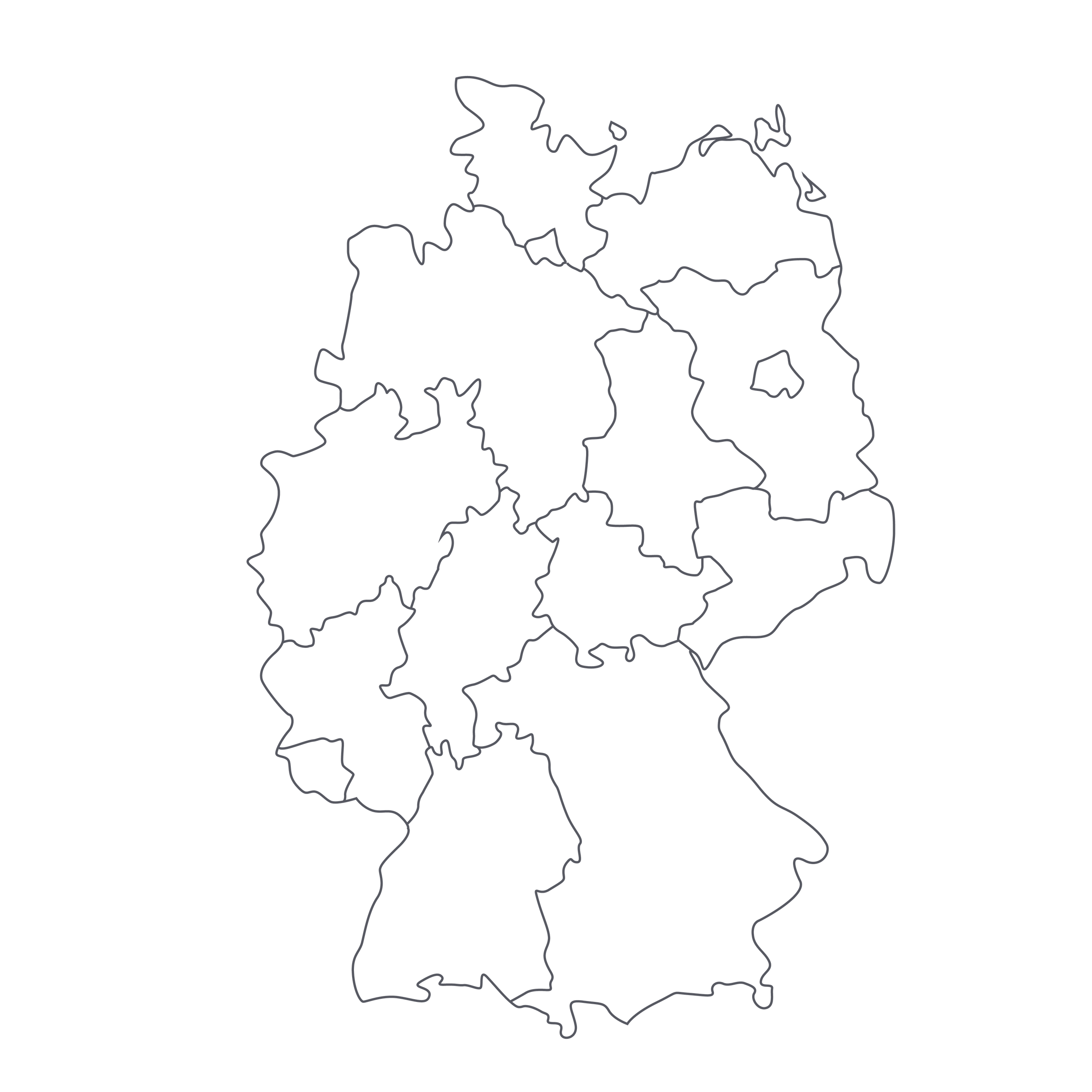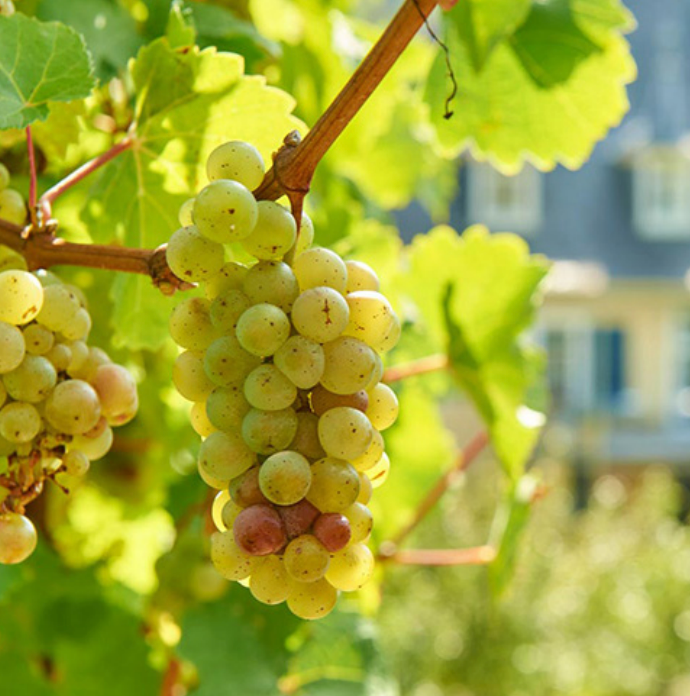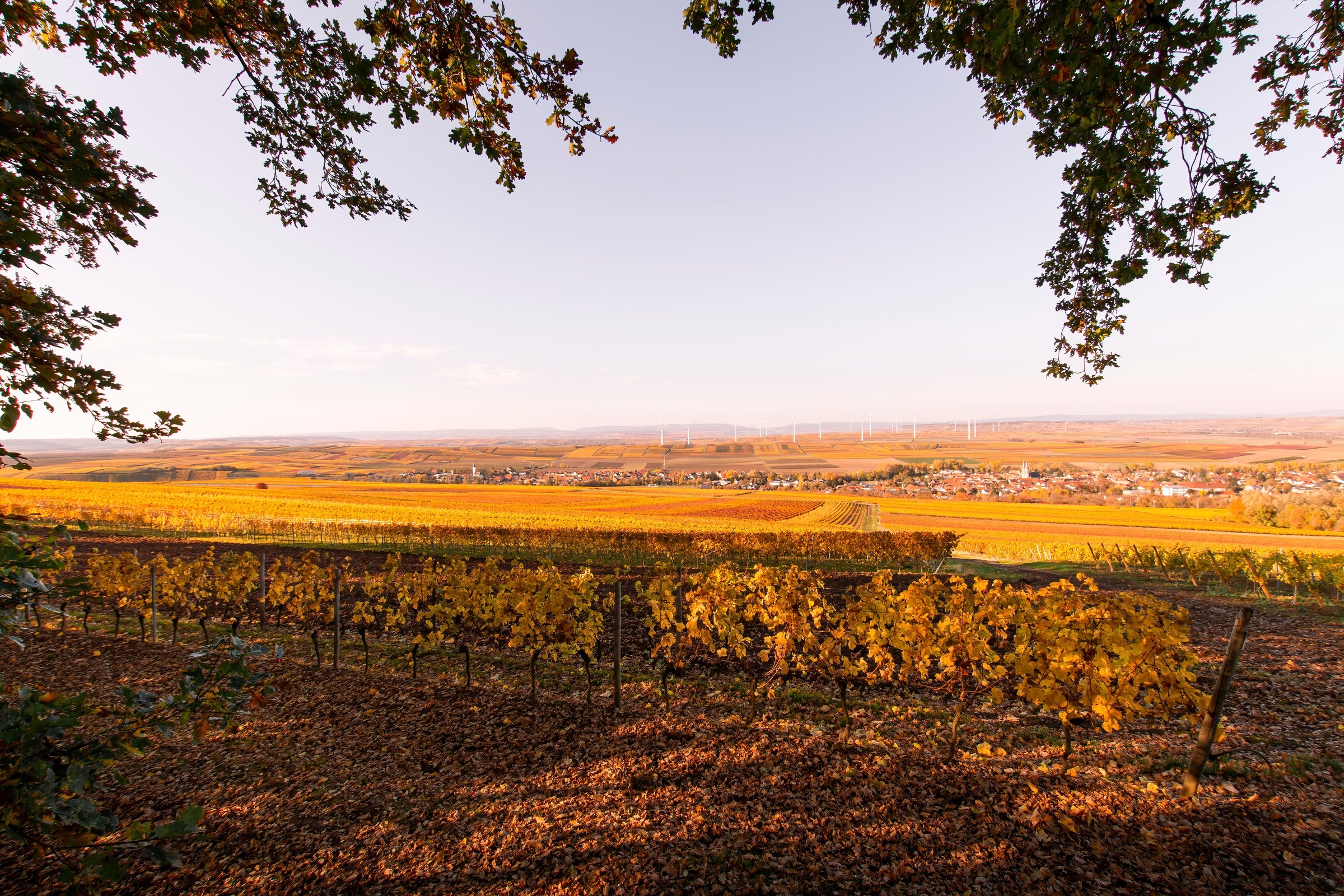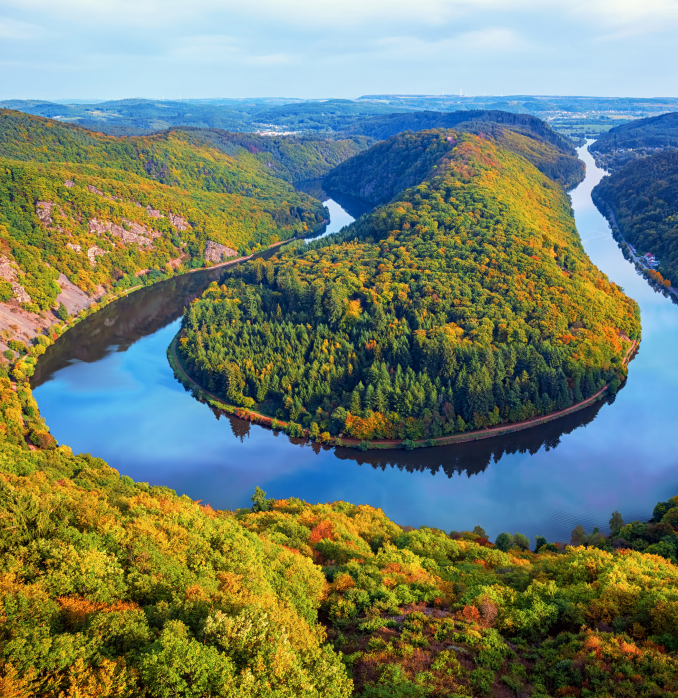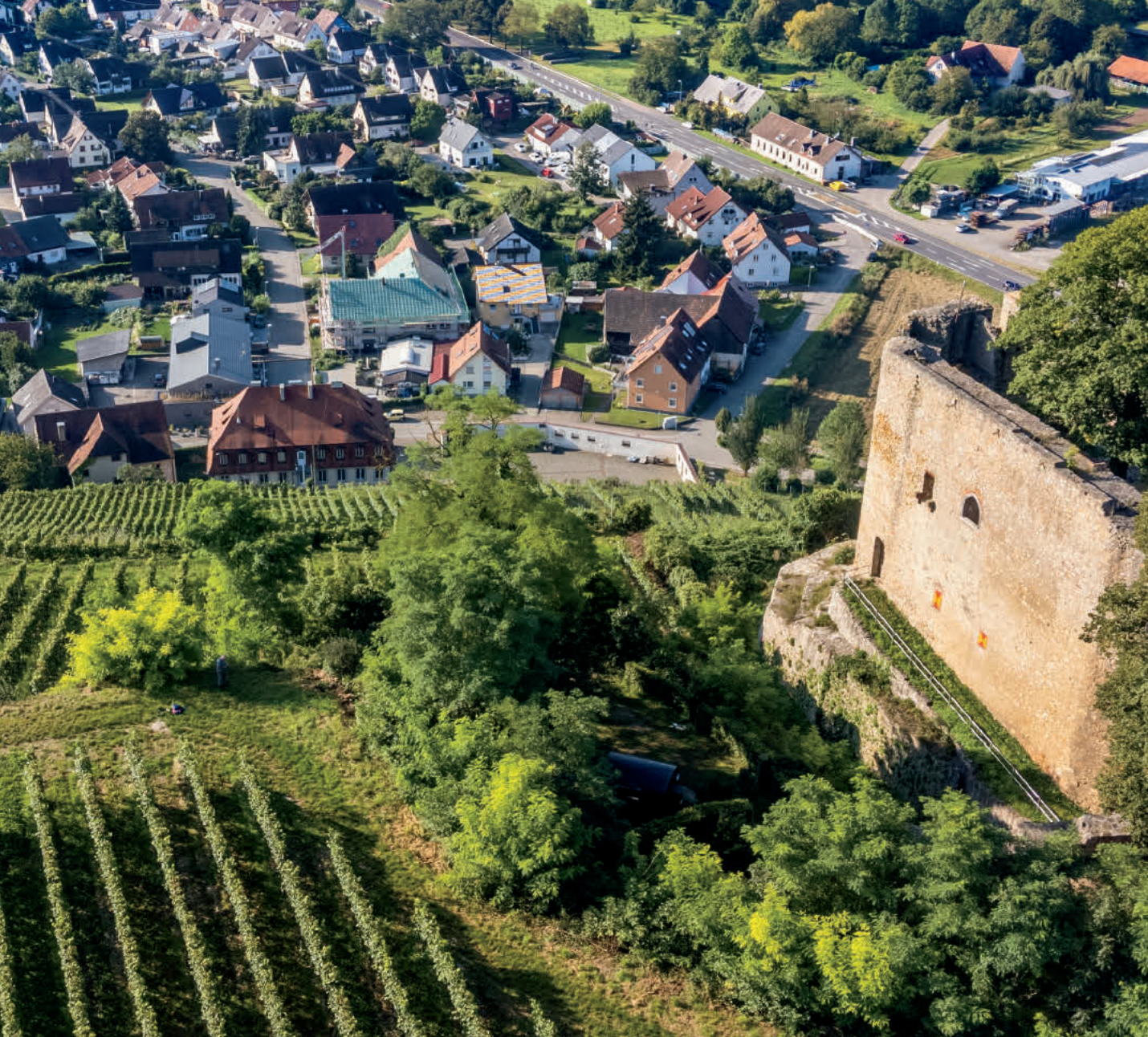Today, Black Friday turns to Gold: After a long-awaited direct shipment arrived last month, we finally became owners of a remarkable artifact, so it made perfect sense for us to showcase it on a day when everyone else is down in the bargain basement. The wine is Diefenhardt’s 48-year-old “Langenberg” Riesling and the vintage is 1971, a year that has been historically logged as “near-mythical” and “the stuff of legend.” I’ve personally added to the (rightful) hype throughout my career by regarding it as one that greatest vintages to ever bless Germany.
It is essentially a unicorn year that saw an influx of jaw-droppingly luxurious TBAs, i.e. late-harvest dessert wines with sky-high levels of sugar and acid. These are nearly indefatigable wines, the best of which will hit the century mark in perfect form. But what of those Rieslings from 1971 that are built on the (much) drier side, like today’s stunning Spätlese? They too, have defied Father Time, but because they were so delicious and affordable upon release nearly 50 years ago, they’ve all but disappeared over the decades. Today, locating a few cases of 1971 that (1) isn’t Auslese or higher; (2) doesn’t cost hundreds, if not thousands of dollars; and (3) has perfect cellar provenance is a near-impossible order to fill. So, yes, we were blown away when tasting this in Germany and learning that there were more than a few cases available in Diefenhardt’s original 17th-century cellar. This wine antique was exclusively brought in for you and cannot be found anywhere else in the world. Cherish this valuable piece of liquid history!
When Jakob Diefenhardt acquired this historic property from a local baron in 1917, the estate became one of the first few members of the VDP, a leading organization founded in 1910 that comprises Germany’s top producers. Soon after, they were making serious nose around the world—quite literally: Their wines were on board mankind’s
first-ever flight around the globe in 1929, and, according to an original ‘thank you’ letter that is in their possession, “became an object of fighting among some wine lovers.”
The property is now run by Peter Seyffardt and his daughter Julia, although today’s 1971 would have been produced by his father, Hans-Hermann Seyffardt. The wine’s raw material hails from the Grosse Lage (“Grand Cru”) vineyard of Langenberg within the home village of Martinsthal. From what we uncovered, the grapes underwent a cool fermentation that was eventually stopped in order to preserve some residual sugar. The wine subsequently aged in large, old casks (fuders) for about one year before bottling and aging in their original wine vault that was built in the 1600s. This is where today’s batch remained for 47 years until we purchased the trove several months ago.
Note: The bottle is actually a 700ml because prior to 1977, that was the standard for most wines around the Rhine!
Diefenhardt’s 1971 Langenberg Spätlese shines with a yellow-gold core and burnt orange hues. With brilliant tension and integrated sweetness (only 38 grams) that seamlessly blends into the background due to decades of integration, it is a perfect representation of the power and longevity that 1971 generously offered. Per usual, we opened a bottle upon its arrival at our temperature-controlled warehouse and would like to share a couple of notes. First, you may likely notice some mold on top of the cork, which is a sign that the wine was stored in a humid environment over the decades—something we want! Second, I highly recommend using an
ah-so to remove the cork, although ours was in fantastic condition. Third, pour this into all-purpose or Burgundy stems around 50 degrees. Now, we can move to what matters: the experience. On the nose, you’ll revel in seductive notes of salted lemon peel, honeycomb, apricot, preserved peach, yellow mango peel, Werther’s original, a hint of petrol, yellow plum, honeysuckle, acacia, damp mushroom, and finely crushed slate. The wine really wakes up after 15-30 minutes of air, revealing fresh yellow orchard fruit and savory notes of honey, herbs, and crushed minerals. We tracked our bottle over the entire day and were simply amazed by how well this held up. Enjoy with your closest wine friends, and, if you can, pour it blind because it’d be incredibly hard to pin this as a wine fast-approaching its 50th birthday. Cheers!


